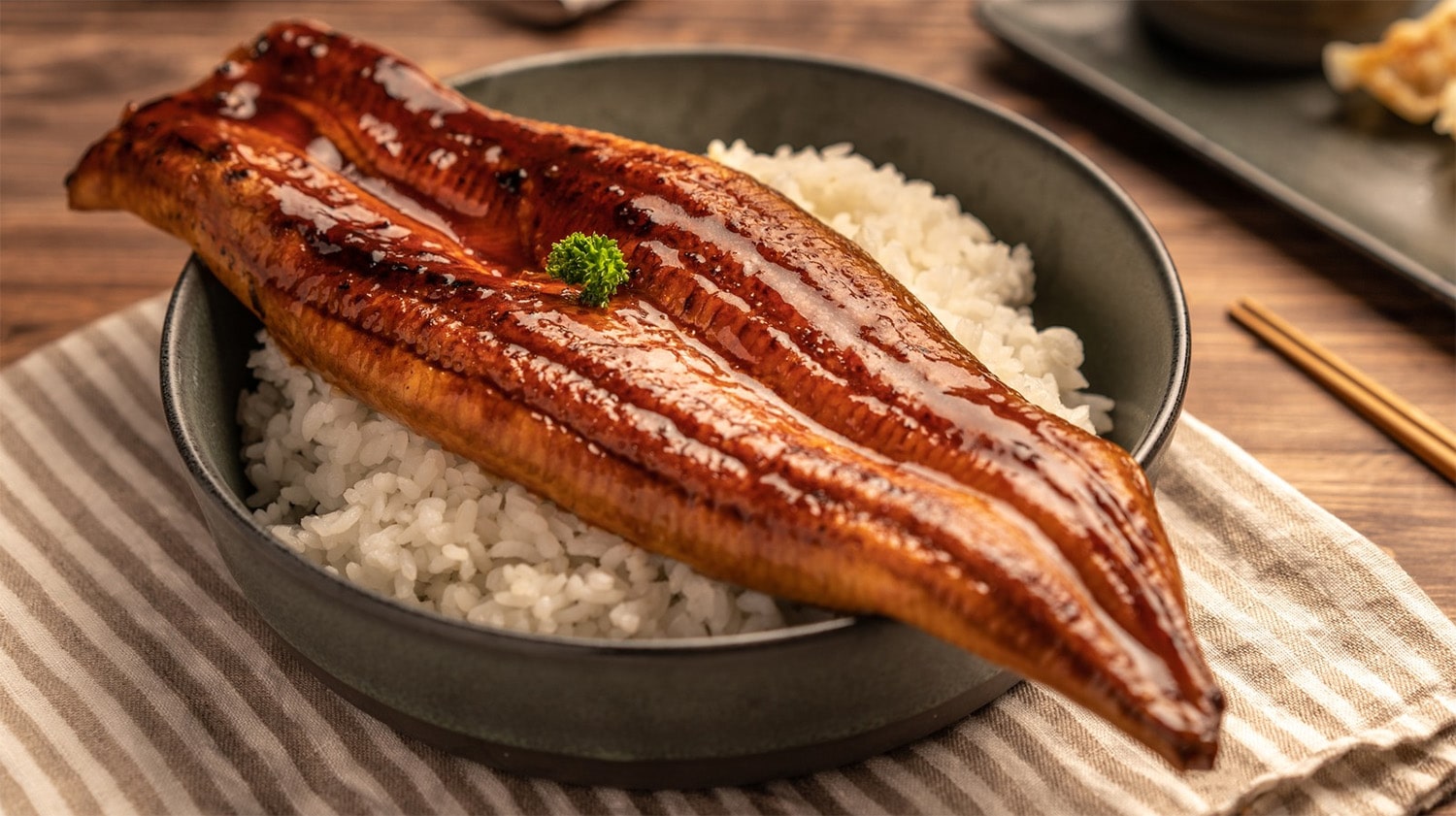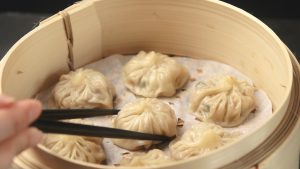
25 interesting facts about Unagi
- 👁️ 1405
Unagi, the Japanese term for freshwater eel, specifically the Japanese eel (Anguilla japonica), is a delicacy that has been part of Japanese cuisine for centuries. Known for its rich, savory flavor and smooth texture, unagi is a popular dish especially during the summer, believed to provide strength and vitality. It is traditionally prepared through a meticulous process that involves grilling, steaming, and seasoning with a special sauce. Beyond its culinary appeal, unagi has cultural significance in Japan and is surrounded by traditions, sustainability concerns, and nutritional benefits. Let’s explore some interesting and informative facts about unagi and its place in both the culinary world and Japanese culture.
- Unagi is most commonly served as unagi donburi, known as “unadon,” a dish where the eel is served on a bed of rice.
- The practice of eating unagi in Japan dates back to the Edo period (1603-1868).
- Unagi is rich in vitamins A and E, which are known for their antioxidant properties.
- The traditional sauce used for unagi, called “tare,” is made from soy sauce, mirin, sugar, and sake.
- One of the most celebrated days to eat unagi is on the Day of the Ox, or “Doyo no Ushi no Hi,” which falls during the summer in Japan’s lunar calendar, believed to help combat summer fatigue.
- Kabayaki is a popular preparation method for unagi, where the eel is split down the back or belly, gutted, deboned, butterflied, skewered, grilled, and then glazed with the tare sauce.
- The Japanese eel is considered an endangered species due to overfishing, habitat loss, and changes in oceanic currents affecting their spawning migration.
- Unagi’s high content of omega-3 fatty acids contributes to its reputation as a brain food and heart-healthy option.
- A significant portion of unagi consumed in Japan is now imported from other countries, including China and Taiwan, due to the decline in local eel populations.
- Unagi pie, a sweet made with powdered unagi, is a unique product that doesn’t actually taste like eel but is marketed for its supposed health benefits.
- Techniques for farming unagi have been developed, but the full life cycle of the Japanese eel, from breeding to adult, has proven difficult to replicate in captivity.
- In addition to unadon, another popular dish is “unajuu,” where the eel and rice are served in a lacquered box.
- The bones of the eel, known as “unagi no hone,” are often deep-fried and eaten as a crunchy snack.
- Unagi has a cultural significance in Japan, symbolizing perseverance and strength, partly because eels are known for their ability to swim against strong currents.
- The price of unagi has increased significantly over the years due to scarcity and growing demand.
- Shirayaki is another way of preparing unagi where it is grilled without the tare sauce, then served with wasabi and soy sauce on the side.
- The International Union for Conservation of Nature (IUCN) has listed the Japanese eel as endangered since 2014.
- Some sushi restaurants in Japan have started offering alternatives to unagi, such as catfish, due to sustainability concerns.
- The city of Hamamatsu in Shizuoka Prefecture is famous for its unagi pies.
- There is a traditional belief in Japan that the slippery texture of unagi can help one escape from problems or tricky situations.
- Unagi blood is toxic if ingested, so the eel must be properly cooked before consumption.
- A significant challenge in unagi conservation is the eel’s complex lifecycle, which includes a migration of over 3,000 kilometers from their birthplace in the Pacific Ocean to freshwater rivers in Japan.
- Anago, a saltwater eel, is sometimes offered as a substitute for unagi in sushi due to its similar taste and lower cost.
- The skin of unagi is also edible and contains collagen, which is believed to have skin health benefits.
- Specialized knives, called “unagi-saki,” are used in the preparation of unagi to make precise cuts and fillets.
Unagi holds a special place in Japanese cuisine and culture, offering a unique blend of taste, tradition, and nutritional benefits. However, concerns over sustainability and the endangered status of the Japanese eel highlight the need for responsible consumption and conservation efforts. As appreciation for unagi continues to grow both within and outside Japan, so does the importance of ensuring that future generations can enjoy this delicacy without compromising the species’ survival. Through sustainable practices and increased awareness, the cherished tradition of unagi can continue to thrive.











